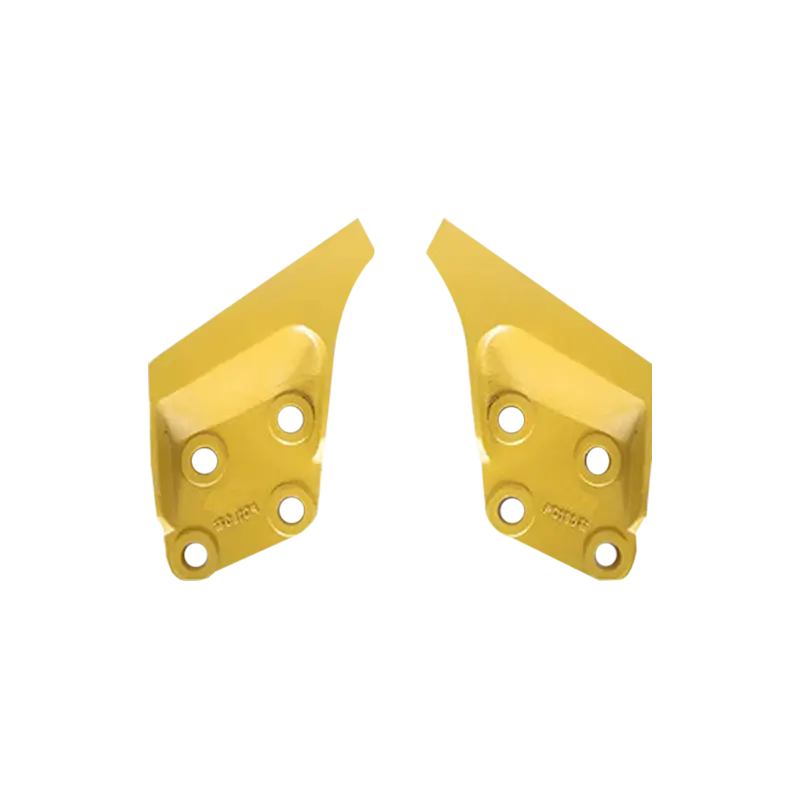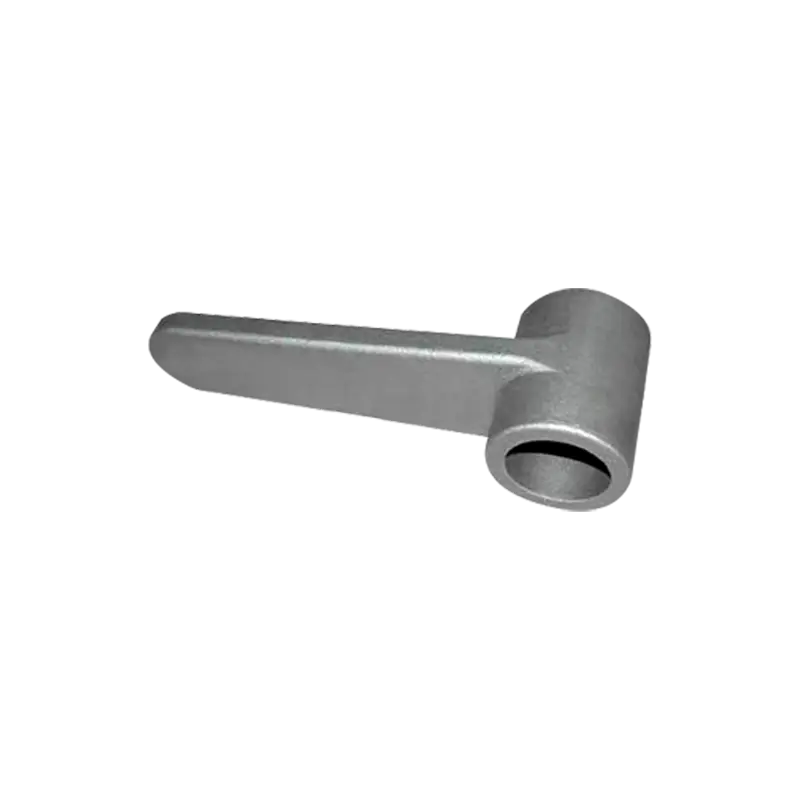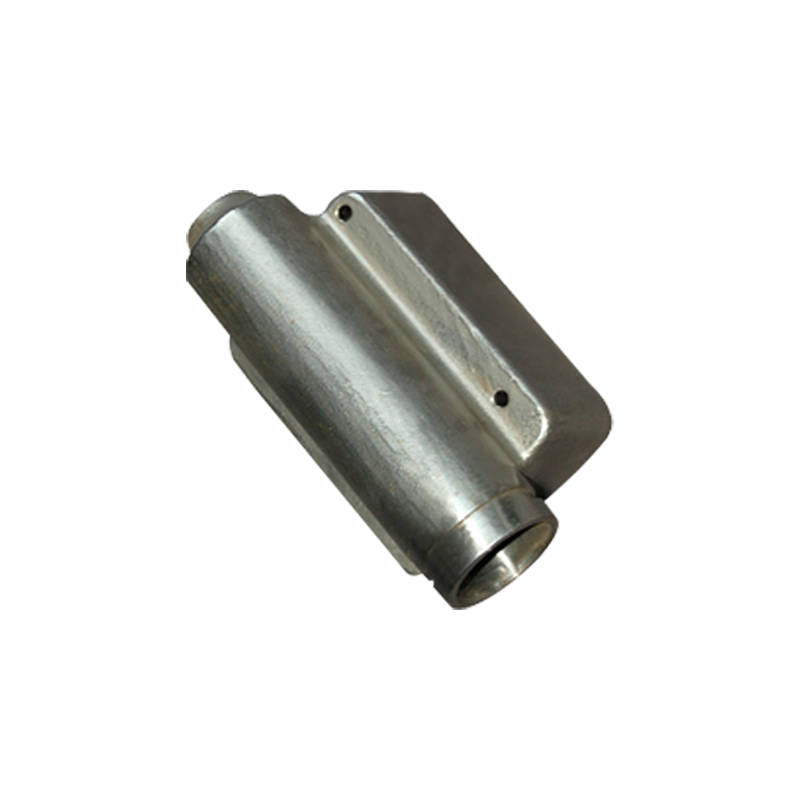Our quality assurance services and processes ensure the reliability of our products and your satisfaction.
In modern automobile and truck manufacturing, casting steel parts play a crucial role. These components not only bear the main functions of the vehicle but also directly impact the vehicle’s performance, durability, and safety. Casting technology is widely used to produce key parts such as engine components, transmission systems, and braking systems. The production of casting steel parts is a complex process that involves various stages from raw material selection to final product manufacturing. Every step needs precise control.
1. Raw Material Selection: The Foundation of Casting Steel
The quality of casting steel parts is closely related to the raw materials used. Casting steel is made by melting steel alloys and casting them into molds. The choice of raw material directly affects the mechanical properties of the casting steel parts, such as strength, hardness, toughness, and corrosion resistance.
1.1 Carbon Steel
Carbon steel is one of the most commonly used raw materials for casting steel parts. Carbon steel consists of iron and carbon, with carbon content typically ranging from 0.12% to 2.0%. Depending on the carbon content, carbon steel is classified into low-carbon steel, medium-carbon steel, and high-carbon steel. Low-carbon steel is used for parts with relatively low strength requirements, such as body shells and chassis; medium-carbon steel is used for components requiring higher strength, like transmission systems; while high-carbon steel is used for parts with high wear resistance, such as brake discs.
1.2 Alloy Steel
Alloy steel refers to steel that contains other elements (such as chromium, molybdenum, manganese, etc.) to improve its properties. In the automobile and truck manufacturing industry, common alloying elements include chromium, nickel, molybdenum, and vanadium. These alloying elements make the steel more resistant to wear, corrosion, and heat. Alloy steel is widely used in automobile and truck parts that require high strength, fatigue resistance, wear resistance, or high-temperature resistance, such as engine components, drive shafts, and suspension systems.
1.3 Stainless Steel
Stainless steel is an alloy that contains at least 10.5% chromium and has excellent corrosion and heat resistance. Due to its outstanding performance in harsh environments, stainless steel is used for automobile and truck parts that require corrosion resistance. For example, components like exhaust systems, brake pipes, and engine housings often use stainless steel.
2. Melting and Alloy Design: Ensuring Material Consistency
The manufacturing process of casting steel parts starts with melting, where the steel is heated to a high temperature to turn it into a liquid state. At this stage, the addition of alloying elements is crucial. Different alloy compositions can optimize the steel’s properties and ensure that the castings meet the desired mechanical performance.
2.1 Melting Methods
Melting is the first step in casting steel production. Common melting methods include electric arc furnace melting, induction furnace melting, and blast furnace melting.
- Electric Arc Furnace Melting: This method is commonly used for high-alloy steel production. The electric arc furnace provides a high temperature to melt raw materials such as scrap steel and iron ore into liquid steel, allowing for precise control of the steel’s composition.
- Induction Furnace Melting: Induction furnaces use electromagnetic induction to heat the steel. This method is efficient and flexible, suitable for producing medium to low-alloy steel. However, it is more difficult to control the composition of high-alloy steel.
- Blast Furnace Melting: This method is often used for large-scale production. It involves blowing oxygen into the furnace to oxidize impurities in the steel. This method is highly efficient but is less precise when it comes to controlling the alloy composition.
2.2 Alloy Design
Alloy design is a crucial step during the melting process. Depending on the application requirements, the alloy composition (such as carbon content, chromium, nickel, etc.) needs to be precisely adjusted. A scientifically designed alloy composition ensures that the casting steel parts have the required mechanical properties, such as high strength, wear resistance, and toughness.
3. Casting Process: Precision Casting Technology
Casting is the core process in the manufacturing of casting steel parts. Every step in the casting process needs to be meticulously controlled to ensure that the castings have good dimensional accuracy, surface quality, and mechanical properties.
3.1 Sand Casting
Sand casting is a traditional method of casting, typically used for producing medium to small batch casting steel parts. The principle involves forming a sand mold in a sand box, pouring liquid metal into the mold, and waiting for it to cool and solidify to form the casting. This process is suitable for producing simple and large parts but results in a rougher surface quality, which requires further machining.
3.2 Shell Mold Casting
Shell mold casting uses ceramic materials to make molds, suitable for complex shapes and high-precision castings. The ceramic molds offer a smoother surface, which results in better surface quality for the casting. This method is used for manufacturing engine parts, gears, and other components that require high precision and surface finish.
3.3 Low-Pressure Casting
Low-pressure casting uses low-pressure gas to inject liquid metal into the mold. This method ensures a smoother filling process and reduces defects like porosity in the castings, making it suitable for precision and large-scale production. Automobile engine parts and transmission components are often produced using low-pressure casting.
4. Cooling and Deburring: Ensuring Casting Quality
After the casting steel parts are removed from the molds, they must undergo cooling and deburring. These steps are essential to ensure the integrity of the casting structure and the surface quality.
4.1 Cooling Process
The cooling process of casting steel parts has a significant impact on their grain structure. If the cooling speed is too fast, internal stresses may form, causing cracks or deformation. On the other hand, if the cooling speed is too slow, the grains may become coarse, which will reduce the mechanical properties of the part. Therefore, controlled cooling rates are often employed to ensure the quality of the casting.
4.2 Deburring and Grinding
After the casting steel parts are removed from the mold, they often have burrs and irregularities. The deburring process aims to remove these unwanted parts, making the castings smoother. Mechanical processes like grinding and cutting are commonly used to remove burrs and improve the surface quality of the casting.
5. Heat Treatment: Enhancing Part Performance
Heat treatment is a critical process for improving the performance of casting steel parts. By controlling the heating and cooling of the parts, the microstructure of the steel can be changed, enhancing its mechanical properties.
5.1 Annealing
Annealing is the process of heating and slowly cooling casting steel parts to reduce their hardness while increasing plasticity and toughness. Annealing also helps relieve internal stresses in the castings, making them more stable for further use.
5.2 Quenching
Quenching involves heating the casting steel parts to a certain temperature and then rapidly cooling them, usually in water or oil. This process significantly increases the hardness and wear resistance of the steel, making it ideal for parts that need high hardness and wear resistance, such as gears and shafts.
5.3 Tempering
Tempering is performed after quenching to remove the internal stresses created during the quenching process. This process increases the toughness and stability of casting steel parts. Tempering is typically performed at lower temperatures to prevent excessive hardness.
6. Machining: Ensuring Precision and Fit
After heat treatment, casting steel parts often undergo machining to ensure that they meet design specifications. Machining processes such as turning, milling, grinding, and drilling are used to achieve precise dimensions and tolerances. Surface treatments like shot peening or coating may also be applied to improve corrosion resistance and wear properties.
7. Quality Control and Inspection: Ensuring Reliability
Quality control is a vital part of the casting steel production process. Common inspection methods include:
- Metallographic Analysis: Observing the steel’s grain structure under a microscope to evaluate its properties.
- Ultrasonic Testing: Used to detect internal defects in the casting.
- Hardness Testing: Checking the hardness of the casting to ensure it meets specifications.
- X-ray Inspection: Using X-rays to scan the internal structure of the casting, checking for cracks or porosity.
8. Final Inspection and Delivery: Ensuring Part Qualification
After all manufacturing processes are completed, the casting steel parts undergo final inspections and testing to ensure they meet quality standards and customer requirements. These inspections typically include visual checks, dimensional measurements, and performance tests. Once the parts pass these tests, they are sent for further assembly or delivered to the customer.
 Language
Language
 FT CASTING
FT CASTING















